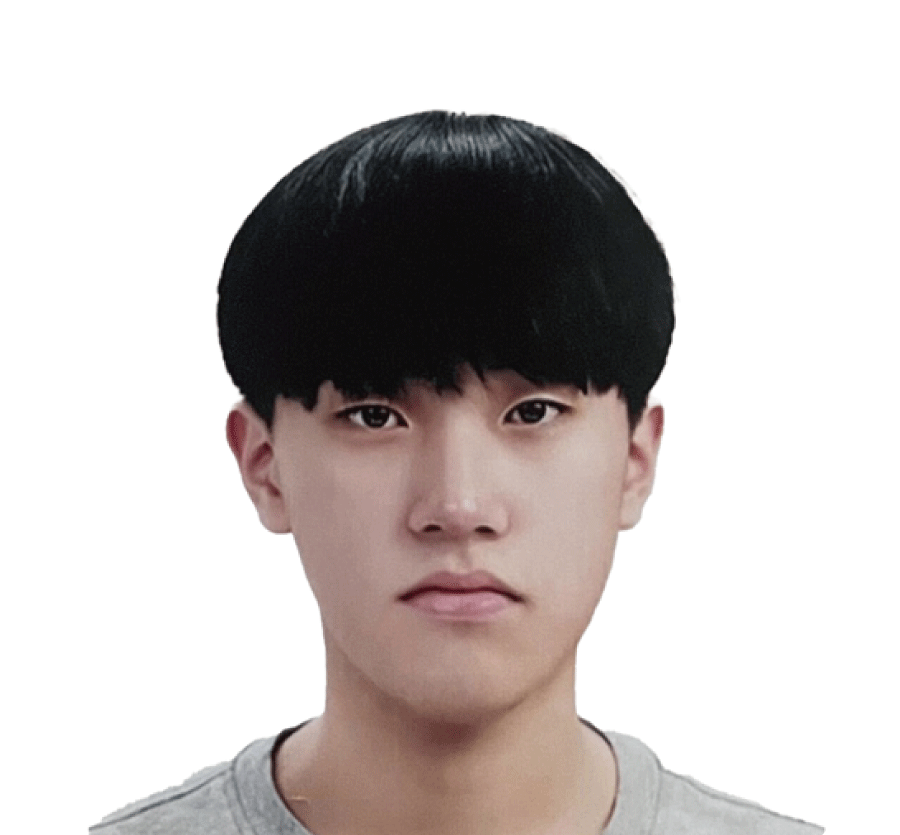Revolutionizing Laundry Symbol Detection with AI Model Optimization: Streamlining the Process for Precise Results
Yoonjae Yang
AI Application Developer, Nota AI
Laundry chores can often leave us wondering about the appropriate washing instructions for different garments. But what if there was an application that could detect small laundry symbols and provide us with the corresponding washing methods? Thanks to the power of AI and an innovative AI model optimization platform, NetsPresso®, that convenience is now a reality!
Application Overview
Our laundry detection application is designed to identify small laundry symbols and inform users about the appropriate washing techniques for their clothes. By leveraging AI technology, specifically object detection, the app can accurately recognize these symbols and offer real-time guidance. The application is built for the Android platform, utilizing the TFLite AI model and optimized to run on the Samsung Galaxy A30 (SM-A305). The development of the model and Android app was spearheaded by the talented Research Intern, YoonJae Yang.
Streamlining AI Model Optimization with NetsPresso®
NetsPresso® is an AI model optimization platform that simplifies and streamlines the AI model optimization process. It provides efficient optimization techniques to enhance the performance of AI models. In our case, NetsPresso® played a crucial role in optimizing our laundry detection model, ensuring optimal performance on the Samsung Galaxy A30.
Leveraging Optimization
To achieve reliable detection of small objects like laundry symbols, we explored different model variants and evaluated their performance using NetsPresso®. By considering the target hardware specifications, NetsPresso® guided us in selecting the most appropriate model size and architecture. Here are the findings from our experimentation:
NetsPresso-based Results
Comparing the performance metrics, it is evident that the lightweight models outshine their larger counterparts. Despite being 40% smaller, the YOLOv5L Lightweight Model delivers similar or even better results than the YOLOv5M Model. This showcases the effectiveness of AI model optimization techniques employed during the AI model development process.
Video Demonstrations
To better understand the impact of model size on detection speed, we recorded three videos showcasing the detection process using different models. Please note that the videos were captured while a screen recording program was running, which may have introduced a slight latency variation of ±0.5 seconds.
1. Large Original Model (YOLOv5L)
Detection Time: Approximately 7.2 seconds
2. Medium Model (YOLOv5M)
Detection Time: Approximately 4.2 seconds
3. Large Lightweight Model (40%)
Detection Time: Approximately 2.7 seconds
Despite being a lightweight version of the Large Model, it outperforms the Medium Model in terms of speed.
Conclusion
The integration of AI capabilities into our laundry detection application has the potential to revolutionize the way we approach laundry chores. By leveraging NetsPresso®, an AI model optimization platform, we were able to optimize and fine-tune our models for optimal performance on the Samsung Galaxy A30. This optimization process ensured that our application delivered accurate and efficient detection of small laundry symbols.
As AI engineers, it is crucial for us to explore innovative platforms like NetsPresso® that simplify and streamline the AI model optimization process. The lightweight models developed through NetsPresso® showcased that size reduction does not have to come at the cost of accuracy. We hope this success story inspires fellow engineers to leverage optimization techniques and push the boundaries of AI applications.


